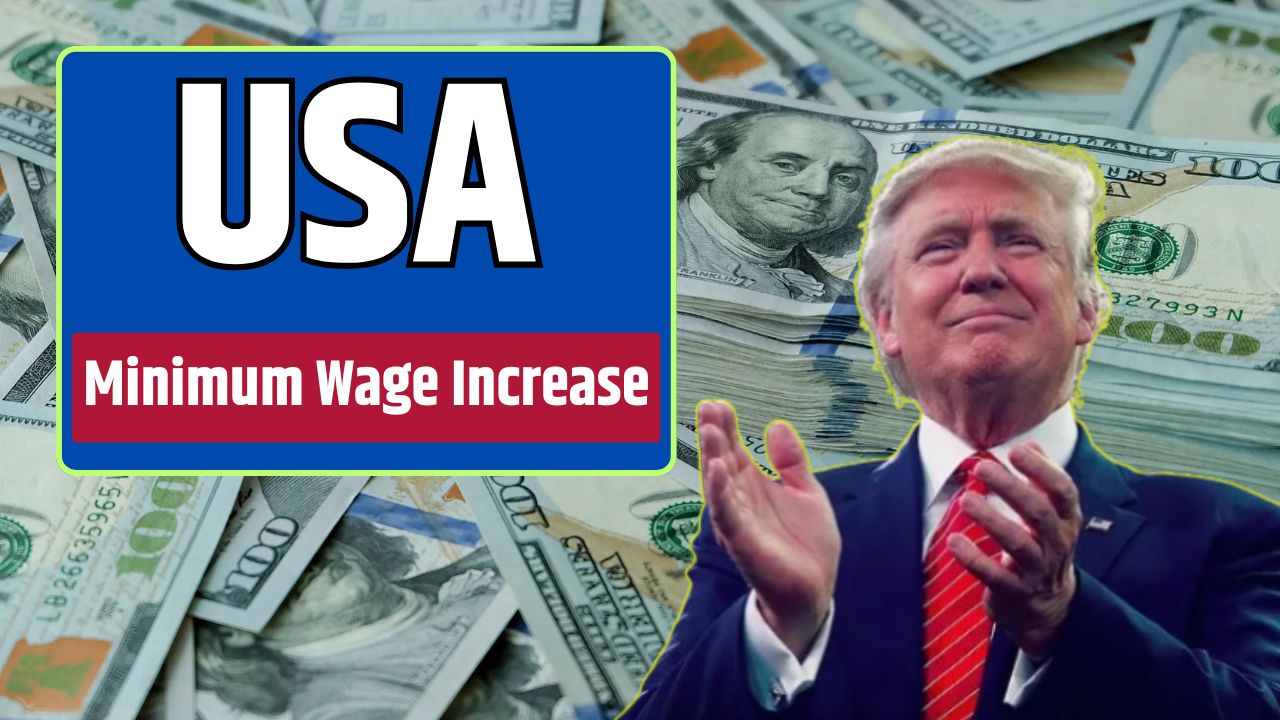One of the largest increases in the federal minimum wage, since decades, has taken place in the US. This move marks the first such increase in over a decade in the history of minimum wages. Starting on January 1, 2025, the federal minimum wage has been increased from $7.25 to $15 per hour. A watershed event in the continued crusade for justice and fairness for low-wage workers.
The New Wage Landscape
The rise in the federal minimum wage comes after an extensive debate of a few years on the part of trade unionists, democrats, and civil societies, fighting under the same banner of the Living Wage Movement. This clearly indicates the growing cost of living, together with an income differential that invests lots of Americans in chronic financial hardship.
Key Changes in Federal Minimum Wage
| Year Enacted | Previous Wage | New Wage (2025) | Percentage Increase |
|---|---|---|---|
| 2009 | $7.25 | $15.00 | 107% |
Labor-related issues are the concern of the minimum-wage debate and campaign. Popular supporters will be the labor unions, workers, and progressive congressmen and women who have been extensively working toward an increase in the minimum wage to commensurate the countless domestic responsibilities and the rising cost of living.
Economic and Social Impacts
Boosting the Salaries of the Workers
This increase will amply give the advantage of increasing the earnings of such low-income-reaching laborers, giving them greater confidence in their financial security to rely on during the days of their necessity. On conversion, a year’s time during which the full-time earner has been inflicted under the new minimum wage would bring in $15,080 to $31,200 a year by working forty hours a week. It is bound to bring poverty levels down and give a more solid grounding to ailing economies within families.
Potential Challenges for Businesses
It foresaw that small businesses may have to bear this wage increase financial strain ending in job reductions or price increases by the critics. Evidence emerging from states and cities selectively adopting the change and thereby implementing higher minimum wages indicates that there are generally far more gains to be enjoyed on balance in the economy, such as more consumer spending and reduced employee turnover, rather than losses.
Regional Considerations
The federal minimum wage is only a federal base guideline because most states and metropolitan areas have already increased their local minimum wage. For example, a few years ago, California and New York implemented $15 per hour minimum wages. New increased federal minimum wage level will predominantly affect the states having lower wage floors; ones located in the South and Midwest.
Federal vs. Selected State Minimum Wages (2024)
| State | 2024 Minimum Wage | Federal Minimum Wage (2025) |
| California | $15.50 | $15.00 |
| Texas | $7.25 | $15.00 |
| New York | $15.00 | $15.00 |
Public and Political Reactions
The policy has been welcoming in terms of divergent public and political viewpoints. Advocates called it a rather long due measure in favor of the workers and against disparities while opponents listed fears about job lowering and inflation rise. The legislation was forwarded to the Congress and the President and sponsored by some of them, arguing that the benefits of the measure to employee and the wider economy are worth the step they took.
A Step Toward Equity
The federal minimum wage hike of 2025 signifies not just the change in policy but, more importantly, the reordering of societal values in favor of fairness and opportunity. Despite its challenges, this is the beginning of further conversations about fairness in wages-guaranteeing fair wages in a rapidly changing economy.



